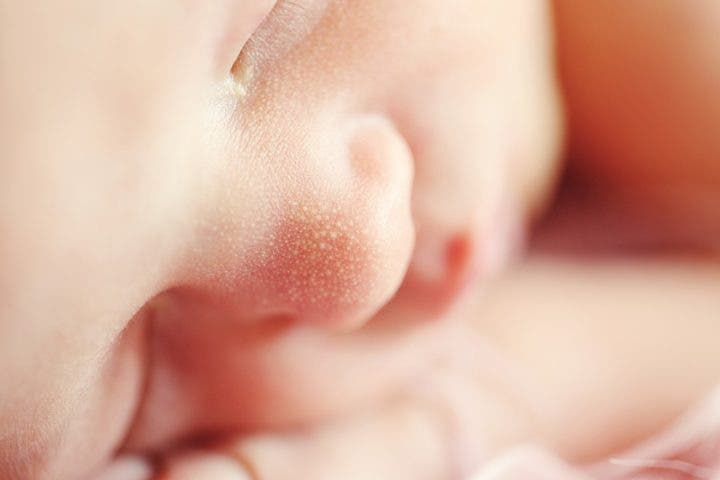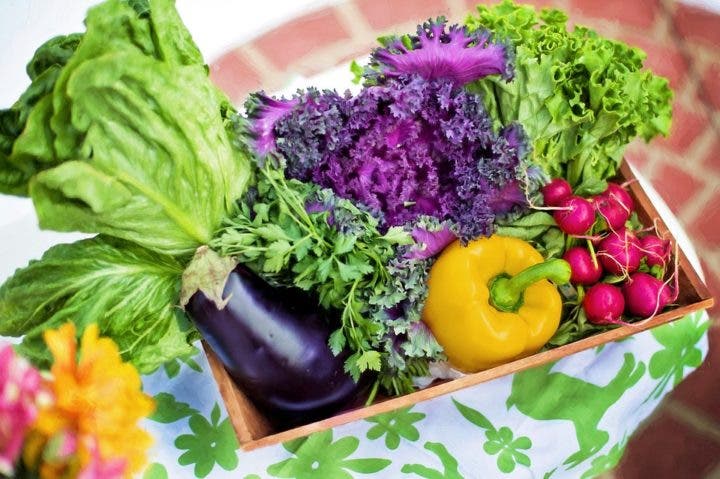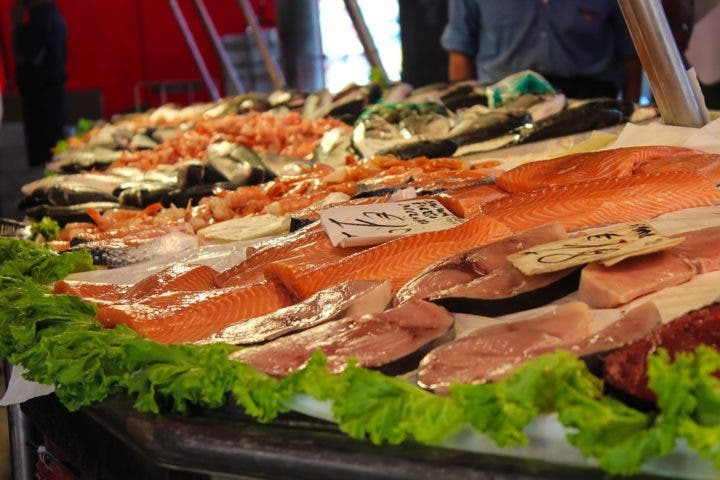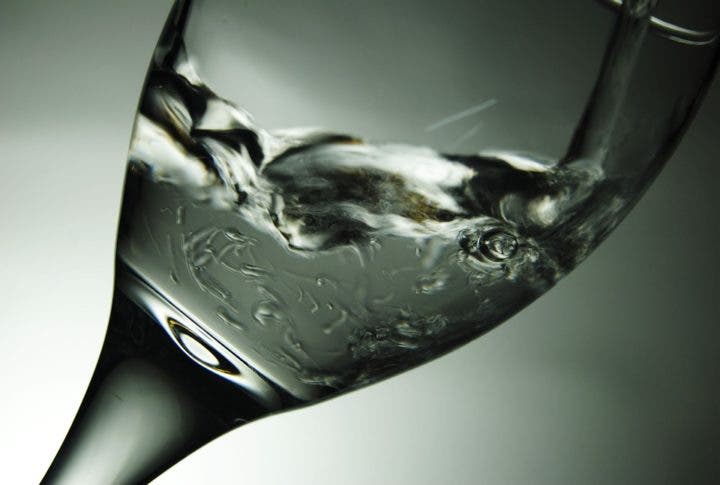The benefits of breastfeeding are many and go both ways. During the first 6 months, few things will be as nutritious for a baby as its mother’s milk.
For the mother, breastfeeding represents the fastest way to lose the extra weight of pregnancy , but also a great responsibility for her own health.
A nursing woman should feed in a way that is satisfying to her, while still being full enough for a developing baby. In short, it is the double challenge of eating with the needs of two different bodies in mind.
Know all the basic elements that a diet for lactating women should contain.
What Nutrients Does Breast Milk Contain?
No one doubts that breast milk is very nutritious . Except for vitamin D, it contains everything a baby may need during its first 6 months of development.
To understand breastfeeding, you must understand that the fact that it is so nutritious has a first logical consequence: the mother must seek nutrients in greater quantities, for herself and for the baby.
One ounce (28 ml) of breast milk should contain between 19 and 23 calories, 3.6 or 4.8% protein, 28 or 32% fat, and 26 to 31% carbohydrates, mainly lactose.
Unlike infant formulas, breast milk varies as the baby consumes it. In a normal feeding period, a baby is well nourished by “emptying” one breast before moving to the other. What you find at first is more of a watery fat, which makes you feel fuller than you are nourishing. Only at the end will you find the true nutrients. These kinds of details should be constantly monitored.

A lactating woman requires more calories
If you think that eating calories in preparation for a sport is challenging, it is because you have not tried it to breastfeed.
Professionals point out that a nursing woman’s body increases her nutritional needs by up to 500 more calories per day. However, your body has many other needs of its own, so you should also strive for balance and variety.
In this regard, patience will play an important role: although it is understandable that you want to lose the weight accumulated during the 9 months of pregnancy , it would be best to wait until the first three months of breastfeeding to start losing it. Failure to do so will decrease your energy levels and your breast milk reserves.
Either way you shouldn’t worry too much. It has been shown that after these first three months, the body of lactating women accelerates spontaneous weight loss by itself, gradually returning to its pre-pregnancy size, provided there is physical activity and a balanced diet.

Staple foods for lactating women
As we have already said, a mother’s nutritional needs are doubled when she becomes a nursing mother. Part of the challenge this entails includes knowing how to choose foods necessary for a developing baby, and for an adult with normal energy and health needs.
Nutrient-laden meals are becoming more indispensable in these cases than ever. These include compound foods that must contain at least the following:
- Fish: Salmon, seaweed, shellfish and sardines.
- Beef: Beef, lamb, pork, and beef organs, such as liver.
- Fruits and vegetables: Berries, tomatoes, cabbage, garlic and broccoli.
- Nuts and seeds: Almond, walnut, chia seeds, hemp seeds and flaxseed.
- Others: Eggs, potatoes, dark chocolate, buckwheat and quinoa.
On the other hand, you should avoid food that is not very nutritious and counterproductive, such as sugar with additives and processed fats.

What nutrients should a nursing woman consume?
We present the two most necessary groups of nutrients in a diet for pregnant women, and some foods where you can find them.
Group 1 foods for lactating women
The foods listed within this group are highly depleted from your body during breastfeeding. Therefore, it is necessary that you ensure its consumption in constant and sufficient doses.
- Vitamin B1 (Thiamine): fish, pork, seeds, nuts and bread.
- Vitamin B2 (Riboflavin): cheese, almonds, walnuts, red meat, fish oil and eggs.
- Vitamin B6: seeds, nuts, fish, poultry, pork, bananas and dried fruits.
- Vitamin B12: shellfish, nuts, fish, fish oil, crab, and shrimp.
- Choline: eggs, beef liver, chicken liver, fish, and peanuts.
- Vitamin A: sweet potatoes, carrots, green leafy vegetables, beef organs, and eggs.
- Vitamin D: cod liver, fish oil, some mushrooms.
- Selenium: Brazil nuts, seafood, fish, whole wheat, and seeds.
- Iodine: dried seafood, cod, milk and iodized salt.

Group 2
The consumption of nutrients in this group does not directly affect the baby: if you reduce their consumption, your body will take them from other parts and pour them into the milk, emptying your reserves to feed the baby. It is recommended, therefore, that you do not reduce its consumption during the lactation period.
- Folate: beans, lentils, green vegetables, asparagus, and avocado.
- Calcium: milk, yogurt, cheese, green vegetables and legumes.
- Iron: red meat, pork, poultry, seafood, grains, green vegetables, and nuts.
- Copper: shellfish, whole grains, nuts, beans, beef organs, and potatoes.
- Zinc: oysters, red meat, poultry, beans, nuts, and dairy.
Hydration in lactating women
Lactating women not only become a source of food, but also a means of hydration for their babies.
It is common for women who breastfeed to feel thirsty. This is due, among other factors, to the fact that when the baby breastfeeds, contact with the nipple causes the mother’s body to release a hormone called oxytocin . Oxytocin, in turn, stimulates thirst so that the mother produces more milk, and thus the cycle begins again.
There is no exact number for water intake in a diet for lactating women. Some telling data can be gleaned from looking at the color of your urine: the darker, the more water you need.
Drink it as many times as you like, until you quench your thirst, especially before and after breastfeeding.

What foods should be avoided while breastfeeding?
Although the general rule of thumb dictates that you can consume almost anything while breastfeeding, moderating some elements of your traditional diet would be a good idea. Remember that the baby not only tastes the good that you give him, but also assimilates the bad and experiences the smells of the very thing you consume.
These are some elements that you should consume less during the lactation period :
- Caffeine: although small amounts of coffee have not shown side effects on the baby, it has been shown that a constant intake interferes with the sleep habits of the mother and the baby himself.
- Alcohol: Babies’ metabolism processes alcohol with half the capacity of an adult’s metabolism. In general, you shouldn’t go overboard with two light beers or two or three small glasses of wine.
- Cow’s milk: between 2-6% of babies are allergic to cow’s milk processed by their mothers. These allergies can lead to effects such as vomiting, eczema, itching, diarrhea, or cramps. If this happens to your baby, stop drinking cow’s milk and see your doctor examine both of you.

Reference
- Adda Bjarnadottir. Breastfeeding Diet 101 – What to Eat While Breastfeeding. For Authority Nutrition. [Revised May 2016]